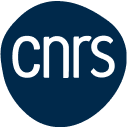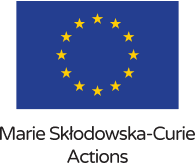Related projects
Discover more projects across a range of sectors and discipline — from AI to cleantech to social innovation.
An area of exploration that can lead to a critical improvement in the way first responders can better respond to situations (e.g., fires, shootings, etc.) in indoor scenarios is in the development of intelligent indoor mapping systems that provide critical navigation details to the first responders. This enables first responders to not only plan out their strategies in handling a particular indoor incident, but also provide them with real-time navigation details to accelerate these strategies. Two important components to building such intelligent indoor mapping systems is: 1) the digitalization of floorplans and 2) the identification and location of key features (fire extinguishers, hose attachment locations, stairs, doors, etc.) based on symbols in the floorplans. Doing these two components manually is intractable given the time-consuming and laborious nature of these steps. In this project, working with Mappedln, we aim to develop deep neural networks for automating the conversion of raster floorplans into digital vector formats, and automatically interpreting symbols in raster floorplans to identify what key feature they symbolize.
Alexander Wong;Mohammad Javad Shafiee
Brennan Gebotys;Saad Rasheed Abbasi
Mappedin
Engineering
Professional, scientific and technical services
University of Waterloo
Accelerate
Discover more projects across a range of sectors and discipline — from AI to cleantech to social innovation.
Find the perfect opportunity to put your academic skills and knowledge into practice!
Find ProjectsThe strong support from governments across Canada, international partners, universities, colleges, companies, and community organizations has enabled Mitacs to focus on the core idea that talent and partnerships power innovation — and innovation creates a better future.
























































































































































































































































































































